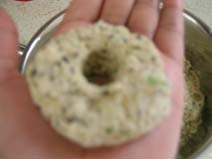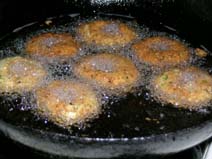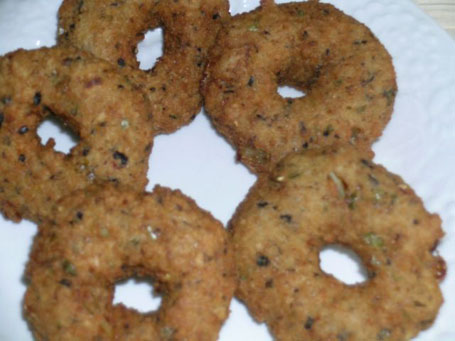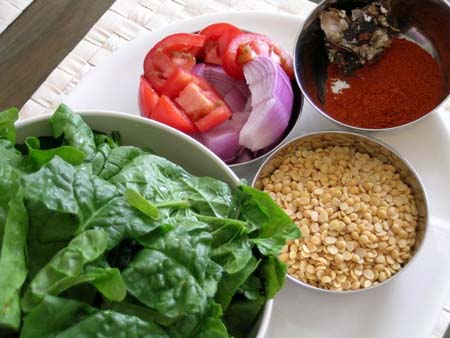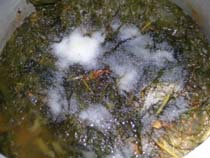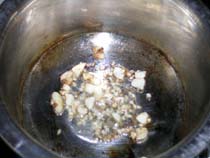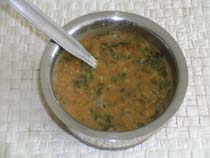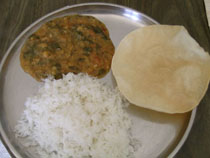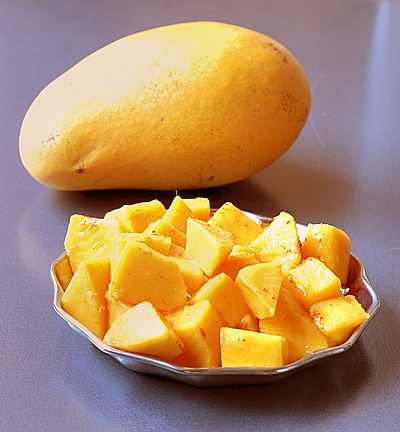I love Raagi malt, particularly on cold rainy days like today. It’s May, still so cold here. It is like this since last week. I am waiting for the Sun to shine again.
Raagi (Finger millet, Ragi, Kelvaragu, Muthari, Nachni) is a Sanskrit word, and it is a type of millet grain cultivated in India from ancient times. Raagi is well-known to be rich in protein, calcium, iron and it is gluten free grain. At our home in India, ragi grains are sprouted, then gently roasted on low flame and milled to fine powder. With this freshly milled ragi powder, we prepare a rejuvenating drink called ragi malt or ragi ganji.
Ragi flour, milk and water boiled together and sweetened with sugar or jaggery is ragi malt – popular as poor man’s or farmers health drink because of ready availability, low prices for the grain and nutritious, filling quality. If it is good for a farmer and to an ancient Sanskrit speaking person, then it must be good for me too, so I often prepare this drink in place of coffee and tea.
Raagi flour is available at Indian grocery shops. I brought mine from India. Freshly milled and needless to say so much better than the store bought flour. Back home, my mother and mother-in-law, both prepare this drink daily. It’s a routine for them, nothing fancy or special like for us here. And they always flavor the drink with cardamom.
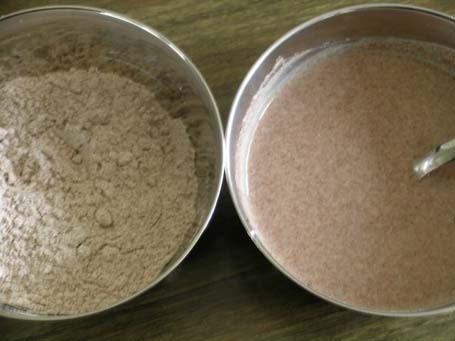
Recipe:
for two cups
1 tablespoon of ragi flour
1 glass of water or milk
2 tsp of sugar or powdered jaggery
1/2 tsp of powdered cardamom
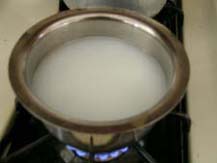
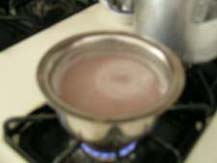
Preparation:
First take the ragi flour in a cup. Add half glass water slowly. Combine to smooth, lump free paste. This is essential. Do not add the flour directly to boiling water, it will clump into lumps.
In a vessel, take one glass of water or milk. Preparing this drink with milk alone is too rich for me so I usually add few drops of milk to water.
Heat till the water reaches boiling stage. Then add the dissolved ragi flour solution slowly to the boiling water (milk), continuously stirring with a spoon. This will prevent the formation of lumps. If you add the flour mix to water before the boiling stage, the flour will separate and it won’t be suitable to drinking. You have to throw it away, so wait for water (milk) to start boiling, and then add the flour mix. This step is very important in preparing the good raagi malt.
Add sugar or jaggery per your taste and pinch of cardamom (Elachi) powder. Reduce the heat to medium level, and simmer the ragi malt for 5 minutes, stirring in-between. Turn off the heat.
Let it cool to warm, and then pour into a glass or cup.
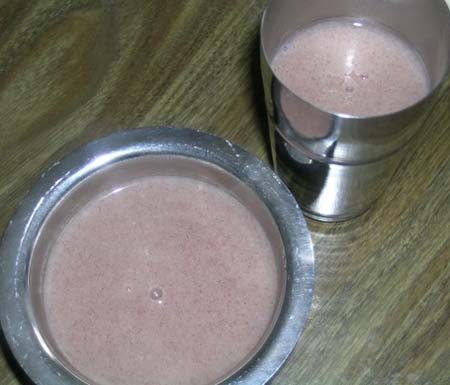
When the body needs a break from caffeinated drinks like coffee and tea, Ragi Malt is the perfect warm beverage.
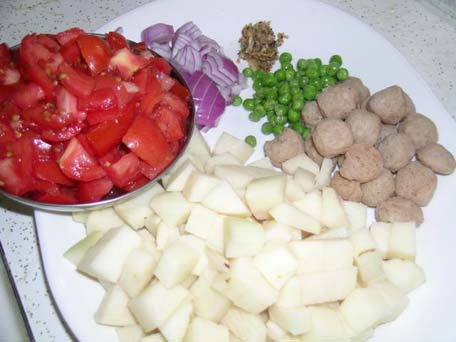
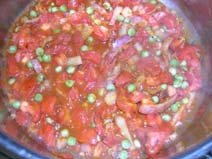
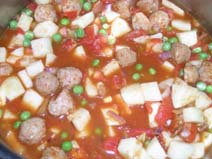
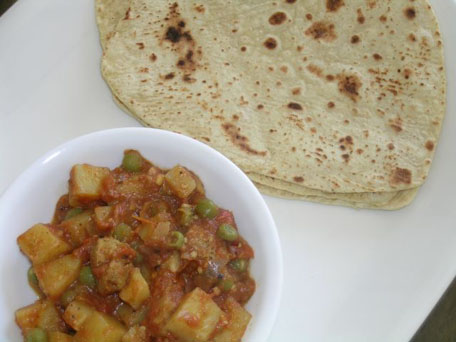
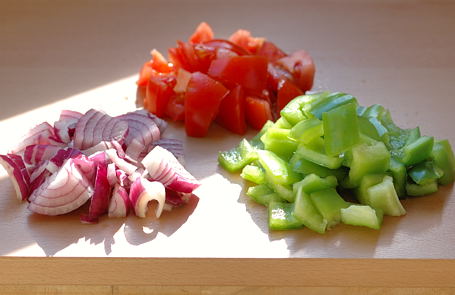
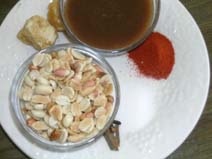
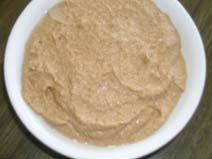
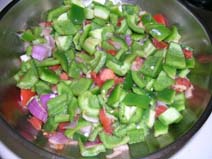
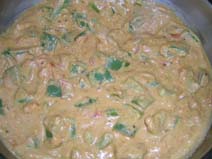
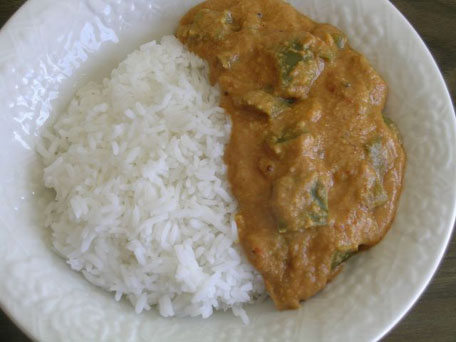
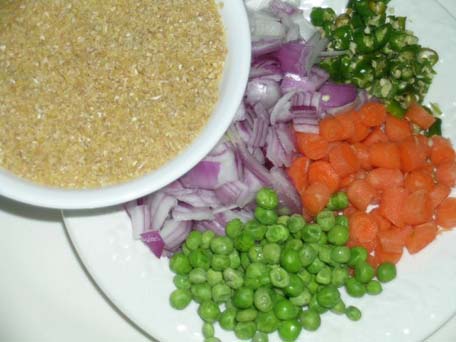
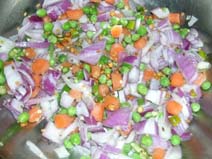
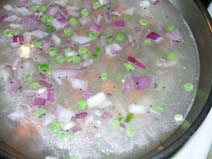
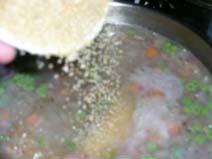
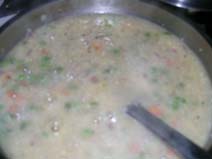
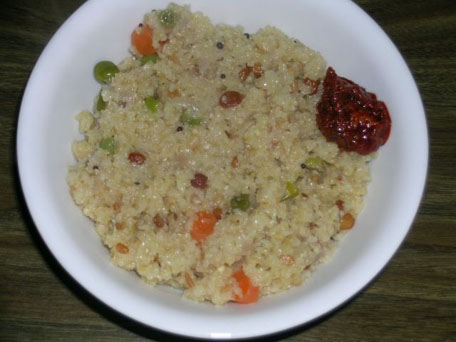
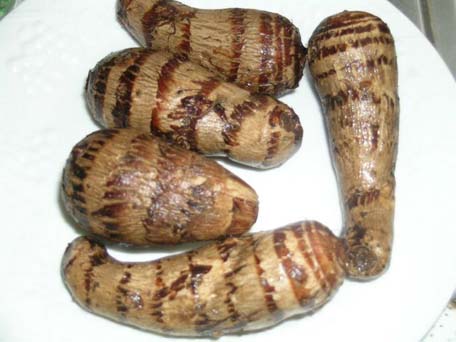
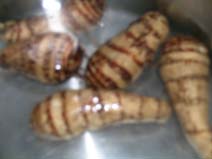
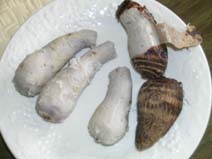
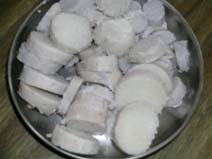
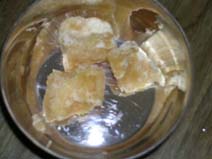
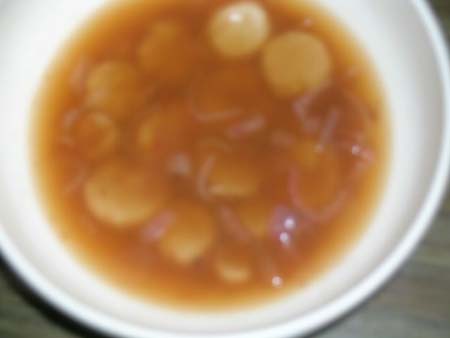
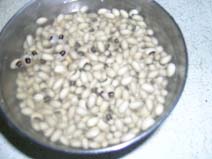
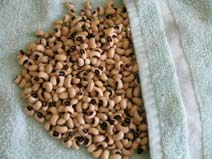
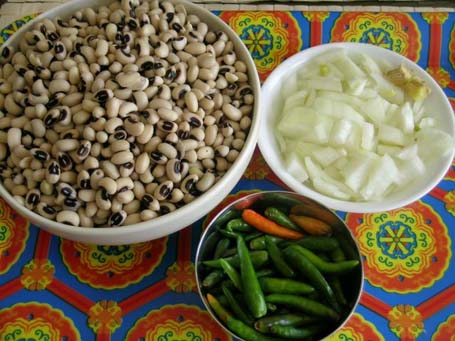
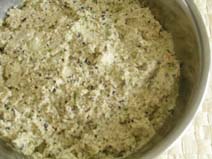 Grind the blackeye peas, ginger, cloves, salt and green chillies into coarse batter in a food processor or mixer without adding water. Just before removing the batter add the finely cut onion pieces. Grind few seconds more. The batter must be solid, and if you make a round with it, it must hold the shape without running to the edges. So do not add water while grinding the peas.
Grind the blackeye peas, ginger, cloves, salt and green chillies into coarse batter in a food processor or mixer without adding water. Just before removing the batter add the finely cut onion pieces. Grind few seconds more. The batter must be solid, and if you make a round with it, it must hold the shape without running to the edges. So do not add water while grinding the peas.